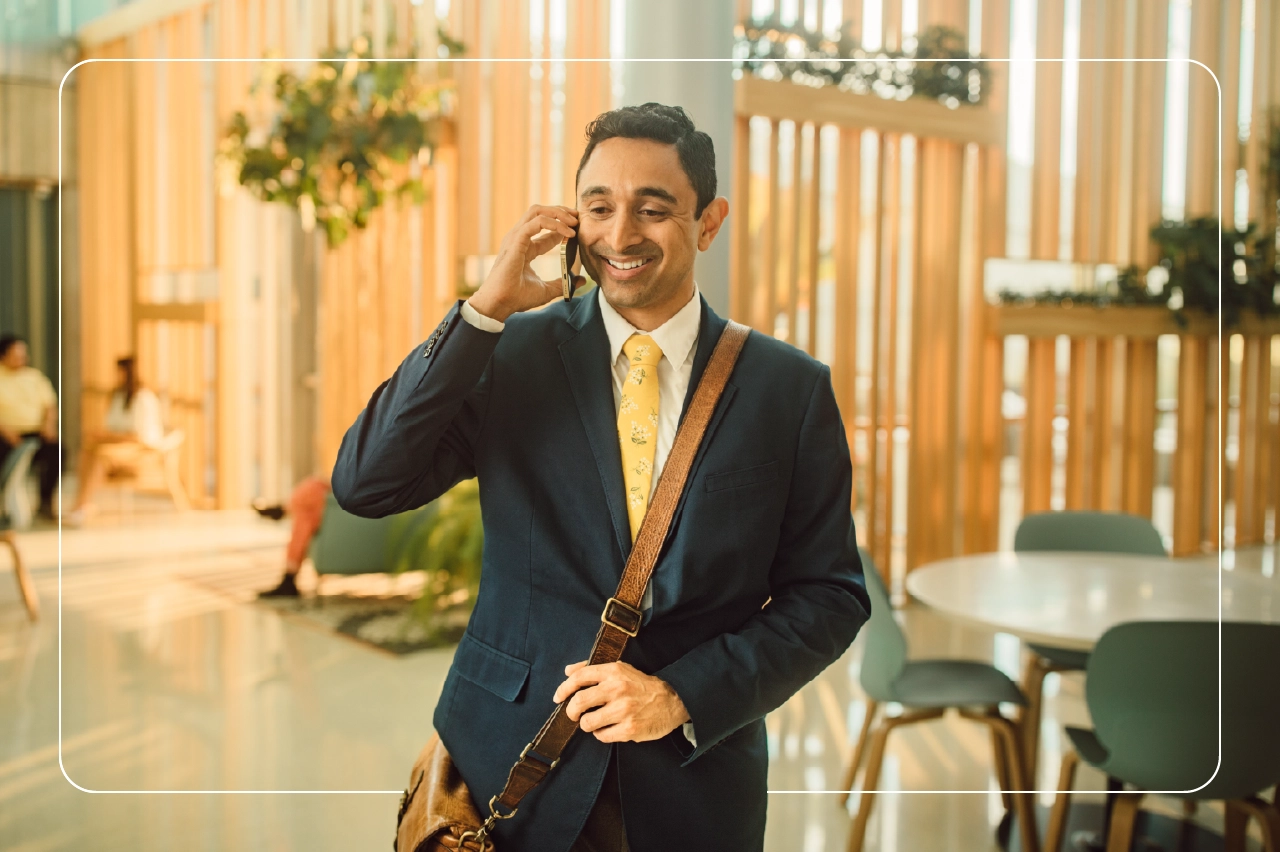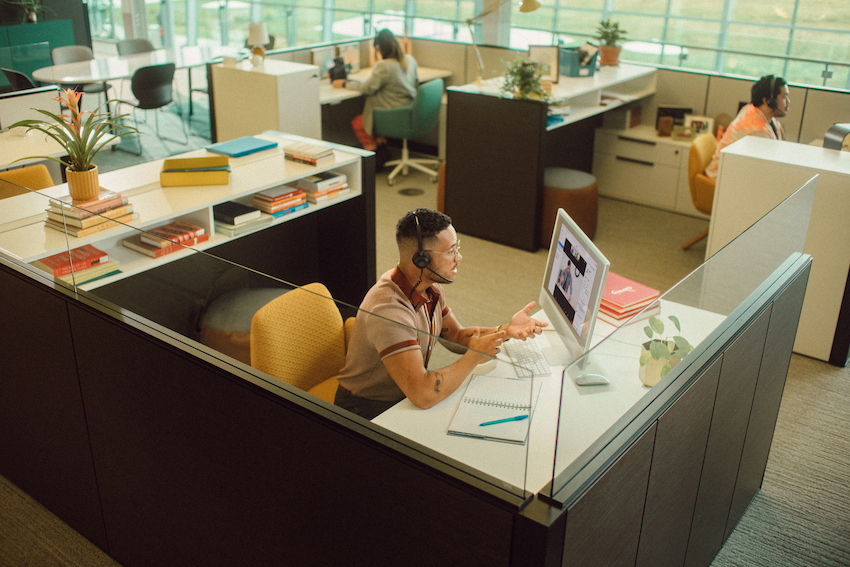
Tips for a perfect professional voicemail greeting (+ 30 real examples)
Need a voicemail refresh? Check out 30 professional voicemail greeting examples plus tips to create a short & simple message for any business scenario.
Updated on October 31, 2022
Published on September 28, 2022


Today, Zoom launched a new hybrid survivability solution for Zoom Phone that enables businesses and organizations to continue to provide core phone features in the event of an outage.
The Zoom Phone Local Survivability (ZPLS) module was designed with large organizations in mind, such as retailers, schools, universities, and hospitals. If the Zoom Client is unable to connect to a Zoom Phone data center due to an outage from a carrier, storm, or natural disaster, the ZPLS software module ensures organizations can minimize revenue loss, maintain internal communication, and establish on-site safety with survivability that lasts for several days.
For certain business locations, maintaining essential telecom services in the event of an outage is crucial to provide mission-critical services to their users. To minimize downtime, businesses need a reliable cloud system that’s equipped to prevent failures. While the Zoom data center components are designed to be fully redundant and resilient, the last leg of network connectivity from the customer premises to the cloud also needs to be reliable.
ZPLS works with an on-site, small-scale server to provide failover capability and an additional layer of protection. The module is deployed on top of the secure Zoom Node framework – a hybrid platform designed to host a variety of modules and enable their deployment. Zoom Node virtually connects the Zoom cloud to customer data centers and provides convenient auto-updates when connectivity is restored.
For retailers, a loss in internet connectivity is more than just a loss in revenue. If grocers or pharmacies are unable to process credit cards and provide necessary goods after a storm, an entire community can be affected. Additionally, the number of cashless transactions continues to increase annually by billions, making the retail industry heavily dependent on credit cards and digital payments. Cash-only payment options can lead to fewer purchases and decrease brand loyalty if customers are forced to abandon a purchase without enough cash on hand.
By enabling ZPLS in a retail location, employees can continue to process credit card transactions over the phone through a source, such as a Global Help Desk. This continuity provides peace of mind to businesses and also consumers seeking to buy necessities in times of need.
Our ZPLS module is the latest in a series of Zoom Phone enhancements designed to help keep K-12 and higher education students out of harm’s way. Zoom’s E911 capability provides for emergency personnel to be directed to the right address in an emergency by ensuring the dispatched location is precise and in accordance with the FCC’s 911 regulations. Our 988 extension migration connects students to helplines faster for immediate mental health needs. When the ZPLS module is deployed during an outage or natural disaster, schools can still make external calls to contact emergency services.
Merced Union High School District, which contains six nationally ranked high schools serving more than 10,000 students in Merced, Calif., participated in our ZPLS beta and had this to say about its experience.
“To keep our students and faculty safe, we needed to ensure our phone system would continue to operate in the event of a network connectivity issue, power outage, or natural disaster,” said Leslie Rohrback, executive assistant to the superintendent at Merced Union High School District. “Zoom Phone Local Survivability helps us take advantage of the ease and reliability of a cloud phone system while knowing we can continue to operate no matter what the circumstances may be.”
Without access to core phone functionality, the inability to place internal calls between patient rooms, nursing stations, labs, and hospital buildings in a campus network can restrict critical patient care. ZPLS software enables nurses, doctors, and administrators to continue to communicate and serve patients with minimal disruption to care.
One of our test partners, Black Box – a global systems integrator with an extensive customer base in healthcare – is in the early stages of working with a large hospital network to deploy the ZPLS module and provided this feedback.
“ZPLS provides us a way to continue to deliver service for the nursing staff and patients in the event of a natural disaster or other unforeseen outages,” said Jonathan Buckle, VP Americas sales. “This is critical for all hospitals where any downtime is a matter of life or death.”
In the event of an outage, Zoom clients who have enabled ZPLS will have continuous access to core phone functionality, including making and receiving external and internal calls. Physical Zoom Phone devices and appliances as well as analog adapters connected to analog phones, fax machines, and Zoom Phone-enabled desktops connected to a backup power supply, such as a generator, will continue to function.
The ZPLS module won’t affect phone service during normal operations. During the outage, neither the administrator nor end user is required to take any action; the failover and fallback process is seamless. When connectivity to the Zoom Phone cloud is restored, clients and devices automatically re-register back to the cloud and are able to maintain these core phone features:
Zoom Phone is a cloud phone business solution that is simple, reliable, and filled with modern collaboration and safety features that enable hybrid businesses to scale and stay connected. Discover how Zoom Node and our Local Survivability module can bring peace of mind and extend your core phone functionality when you need it most.